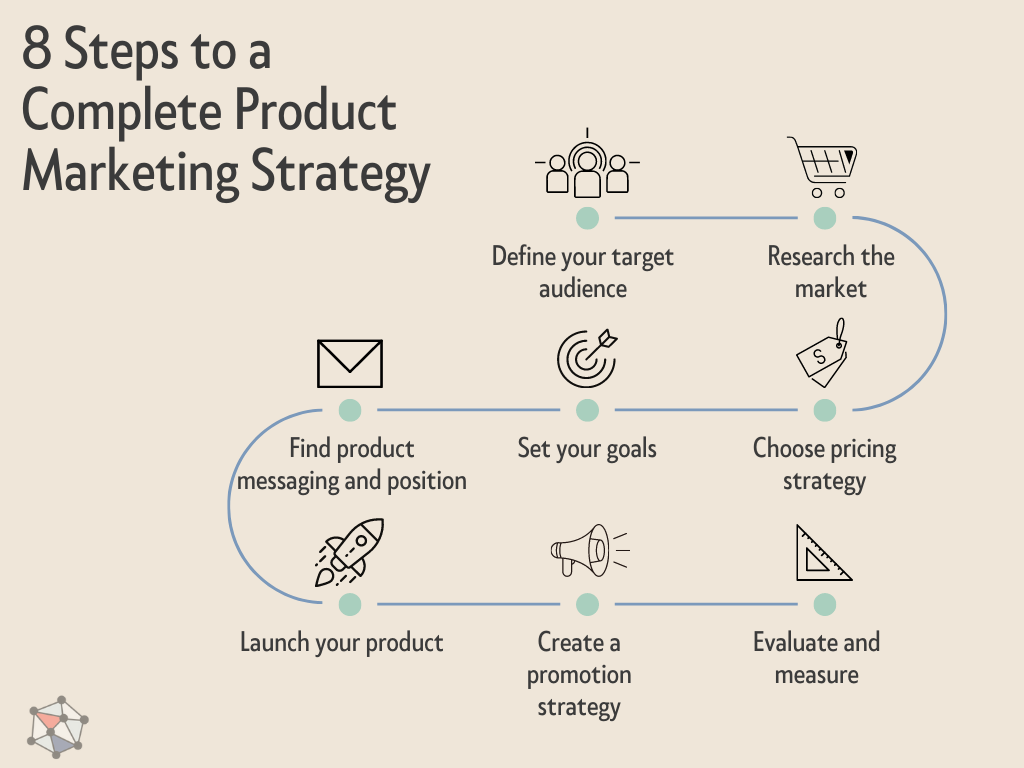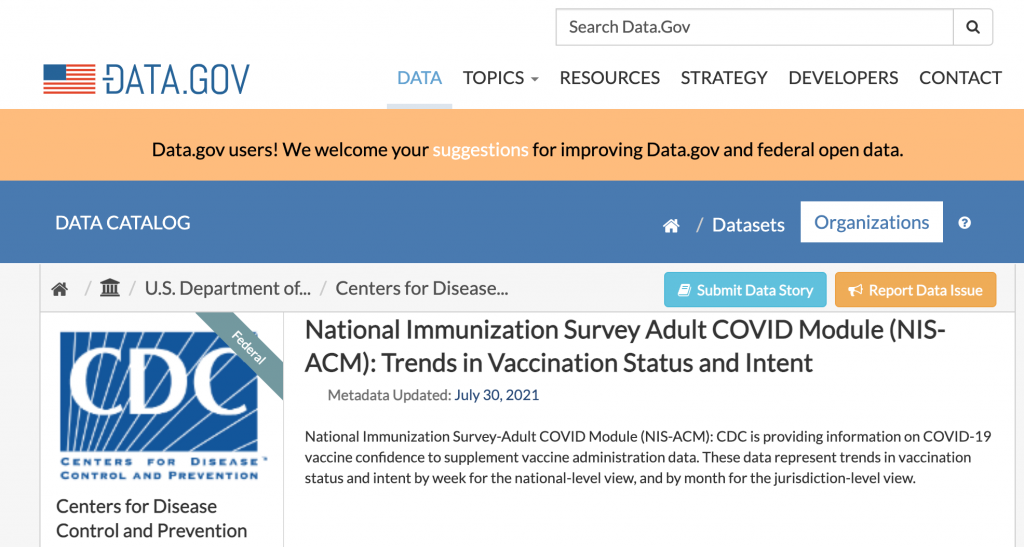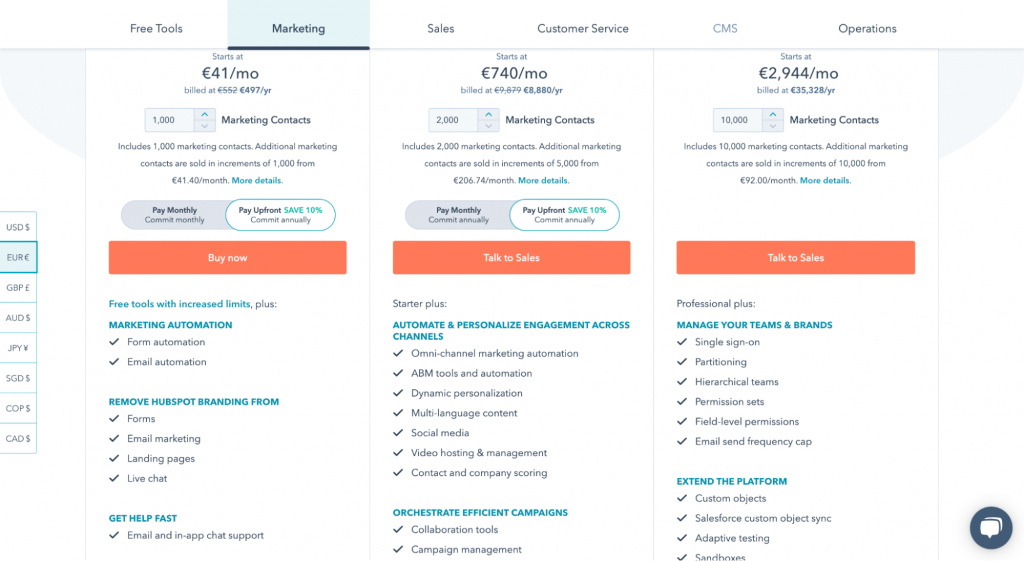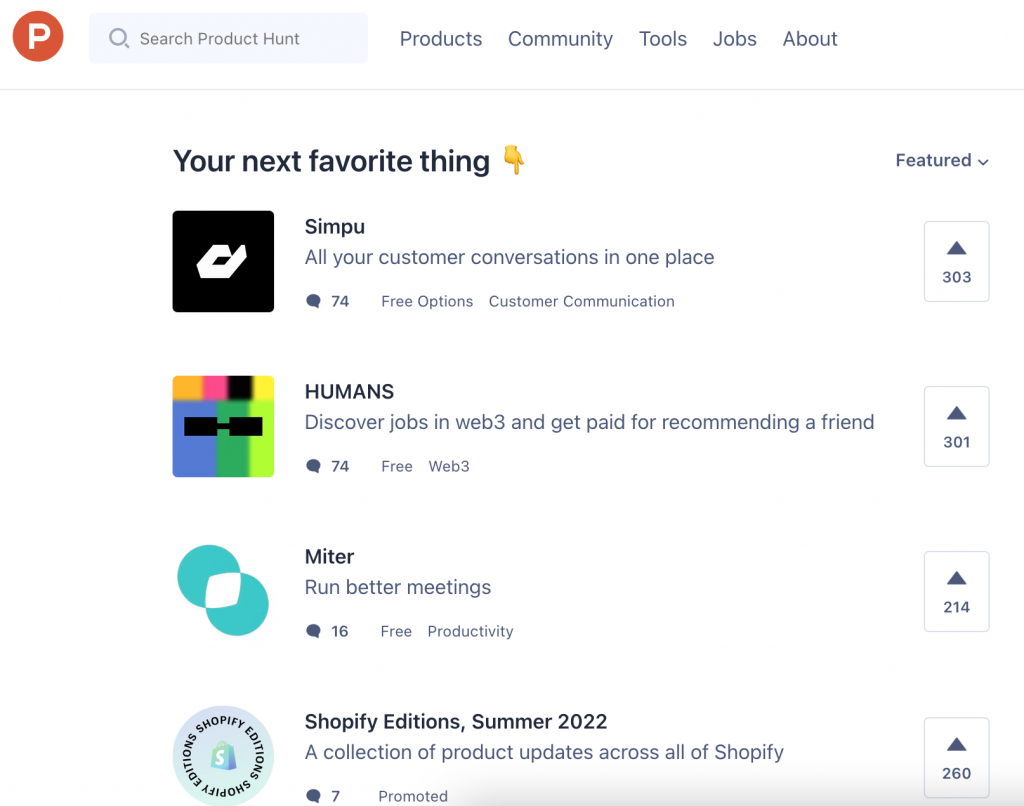Product Marketing Strategy [A Complete Step-By-Step Guide]
Product marketing is a relatively new area in the digital marketing industry that has gained the interest of many of us.
But if you want to get into this discipline to formalize your go-to-market strategy, the theoretical knowledge about it is not enough as you still have little idea of what to do and where to start.
Well, you start with developing your product marketing strategy, and this is what we are going to cover in our guide today.
What is Product Marketing?
Product marketing is a digital marketing discipline that focuses on bridging the gap between the product that product marketing teams are promoting and the market that they want to target.
Product marketers communicate the product benefits and values to both everyone inside their company and the target audiences outside. They make this happen by intensively researching the market, shaping their product’s positioning as well as running initiatives for its promotion and distribution.
We will limit the definition and explanation of product marketing to this and move on to understanding its difference from traditional marketing. However, as a prerequisite to our guide here, you can check out our dedicated piece on product marketing, where we study it in more detail.
Product Marketing vs Traditional Marketing
If you are relatively new to product marketing, then you have most possibly had this question in your mind – how is it different from regular marketing?
Although they both share many characteristics, such as their aim at promoting the product, these two disciplines are quite distinct from each other. In particular:
- Traditional marketing focuses on the acquisition stage of the funnel, while product marketing also works on improving your new product’s performance during activation, retention, and other stages of the funnel too.
- Traditional marketing cares more about the midterm goals, such as attracting leads and hitting acquisition targets, while product marketing concerns itself more about long-term aspects, such as the product’s positioning in the market, its product pricing strategy, the value that your product’s users perceive, and others.
- Product marketing limits itself to the products it is in charge of promoting, while the scope of traditional marketing can be the entire company and its brand.
As we can see, while it is under the overarching umbrella of traditional marketing, product marketing is still discrete with its own scope and goals.
Now, with the product marketing clear to us, we can move on to our main topic – product marketing strategy.
What Is a Product Marketing Strategy?
A product marketing strategy is a set of processes, tools, and tactics product marketers use to ensure the success of their product in the market. This strategy usually appears in the form of a roadmap for pricing, positioning, and promotion of the product.
Product marketing strategy covers the life of your product from A to Z, starting from the research stage and going up to its launch and post-launch growth with various product marketing campaigns.
These were all the definitions for today. Now it is time to study the product marketing strategy in detail by going over its steps one by one.
How to Create a Complete Product Marketing Strategy in 8 Steps
That is right, a product marketing strategy covers a significant portion of the product’s lifecycle. However, it does not make this strategy very long or complex.
On the contrary, you can actually make a properly-working product marketing strategy with only eight steps, as illustrated below.

You can go ahead and borrow this roadmap from us to develop a product marketing strategy for yourself. And to further assist you with that, let us explain each step in detail.
Step #1: Define your target audience
Product marketers are as customer-oriented as one can be. Almost all of their activities are based on and swirl around the likes, needs, and reality of their target customers.
There is a good reason behind this type of focus as, according to Salesforce, two-thirds of customers have an expectation that businesses know about their needs and cater to them.
Thus, any product marketing plan starts with the definition of the target audience.
To achieve this, product marketing teams gather both quantitative and qualitative data (you can find more about this in the next step) on their ideal customers and devise a buyer persona.
This is what a typical buyer persona document looks like in real life.

The persona in this example is an interior designer. As we can see, the teams that prepared it have included information about this designer’s location, personality, brands, preferred channels, and more to communicate the reality, needs, and interests of a typical user of their product.
Although buyer persona document formats differ from one another (some even include demographics), the majority of them include these sections:
- Motivations: the aspects in the professional or personal life of your typical user that get them motivated about a product. Some of the examples are the prices, user-friendliness, etc.
- Needs: the requirements of your users – something that is missing in their life. Examples of customer needs are trustworthy taxi drivers (the case of Uber) or the ability to instantly exchange and transfer money online (the case of Wise).
- Goals: what is it that your users want to achieve? Maybe they want to be more productive at work and earn a promotion, and your product can help them with it.
- Frustrations: There are probably existing solutions that cover what your customers want, but they have lots of downsides. You need to know about these downsides and make sure that your product solves them. With the example of Uber, a bad solution is to hail a taxi on the street, and the pain point is that you might meet a scammer driver.
Many buyer personas also have a dedicated section for preferred distribution channels, as you might need to use different channels for different types of people. For instance, if you want to promote a B2B productivity tool, the preferred medium for your personas will be LinkedIn, while promoting a mobile game will lead you to use Tik Tok or YouTube.
Step #2: Research the market
The second important prerequisite to your Product Marketing Strategy should be the proper amount of qualitative and quantitative data about the market you will be trying to penetrate.
Market research lets you significantly increase the quality of your decision-making (data-driven decisions are 3 times more likely to be successful) and, thus, the quality of your output.
The research phase is quite broad in scope. Therefore, let us divide it into two key categories for easier digestion:
- Primary research or Qualitative research
- Secondary research or Quantitative research
Now let us understand each category in detail.
Primary research: this is where product marketing managers and their teams usually begin. Primary research is mainly about finding interesting insights and discovering the needs and reality of the market. Thus, instead of analyzing large amounts of data, product marketing teams use methods such as:
- One-on-one interviews with representatives of the target market. This one takes the most time and resources but also delivers the best results in terms of discovering valuable insights.
- Focus group interviews. This is the case when you are asking the same interview questions as in the previous point, but you talk to a group of people instead of a single person. The benefit of this method is cost-effectiveness and your ability to hear group members debate and share their opinion about your question.
- Surveys. This is a mix of quantitative and qualitative approaches. While it is very cost-effective and easy to do, you need to be careful not to receive biased data, as many people will fill out the survey with incorrect information.
The great part of doing primary research is that, other than giving you an overview of your market, its results will also contribute significantly to developing buyer personas.
Secondary research: here, we speak about tons of data, statistical analysis, and lots of charts. The secondary research tries to use all the private and public data you have to find patterns and correlations in the behavior of your target audience.
Some of the methods commonly used in secondary research are:
- Scraping data from websites. Here you employ specialized tools that crawl the internet and find relevant information for you (e.g., the review tweets about a specific product).
- Using your own data. If you already have active users, you can take information about their behavior from your own database and run analyses on it.
- Obtaining market data from public sources. The internet is full of government websites and specialized statistical platforms with detailed information that you can use about various markets and industries.
As an example of the latter point, here is sample public data about vaccination rates in the U.S. that we have found by researching the U.S. Department of Health & Human Services.

Other than the primary and secondary market research, product marketing specialists also work on competitive analysis, including their pros/cons, positioning, and other aspects, as well as preparing a SWOT analysis for your product.
Step #3: Determine your product messaging and positioning
With the personas and market research complete, you now have sufficient information to start developing your product positioning and finalizing your product offer.
Product positioning describes the place your product takes both in the market itself and in the minds of your existing and potential customers. Product positioning lets your product be distinct and unique among the sea of fish (including many competitors you might have) in the market.
As a tool for communicating your product to the market, among many things, your positioning should include:
- The product category you are in. If you have a noise cancellation smartphone app, are you positioning yourself as a phone app for iOS and Android or a noise cancellation app? The choice of the category can affect the way you market your product.
- The narrative and the story behind your product. You might also want to share the origin story of your product with your audience to solidify your brand in their minds. A great example is the online design tool Figma which positions itself as a tool that was “made by designers for designers”.
- The problems and your solutions. What is the pain point that exists in the market that you can cover? How will you address it? HubSpot, as an example, positions itself as an all-in-one platform that can help you get rid of 20 different tools you had and do everything in only one dashboard instead.
- Your unique selling proposition. The chances are high that you are not the only one solving the problems of your target market. Thus, you need to have a unique selling proposition – a characteristic of your product that serves as your differentiator from similar products and makes you distinctly different. A well-known example of a unique selling proposition belongs to FedEx with its ability to deliver any package within the U.S. overnight.
Finally, another important piece of information you can include in your positioning and messaging is your product vision – where you want to be in the near future. Slack is an excellent example of doing this type of messaging.

Becoming the center or the “headquarters” of any company’s communications is part of Slack’s future, and this is something that they communicate everywhere, including their homepage.
Before going forward with positioning, you need to make sure that your product information is up to date and properly communicated with everyone too. For this task, you can use some kind of product information management software.
Finally, we cannot talk about product positioning without mentioning the Four Ps of marketing as a tool to develop positioning. These four Ps are your product, price, place, and promotion. We will get you covered on the price and promotion in more detail next in our guide.
Step #4: Set your goals
Your next important step after developing a clear understanding of your positioning would be to start setting your product marketing goals.
Getting this step right is crucial for your strategy, too, as goal setting is directly linked to the probability of success of your endeavors.
In terms of the types of goals that you can set, they usually belong to one of these three general categories:
- Revenue goals can include an ARR target, an increase in the number of SQLs or MQLs, sales enablement, or improvements in the sales funnel.
- Retention goals include an increase in the net promoter score or retention curve improvement.
- Brand awareness goals, such as increasing the number of visitors to your website, becoming a thought leader in your niche, or improving your reputation among your target audience (you might also need a little help from your digital PR team here).
No matter which type of goal/s you decide to take on as part of your product marketing strategy, you need to make sure that the goals themselves are well-defined, as badly-made goals are doomed to fail from the beginning.
One of the most popular ways of setting effective goals is called SMART, which is an acronym for:
- Specific
- Measurable
- Assignable
- Realistic
- Time-related
By setting goals that follow these criteria, you are increasing the chances of your teams’ achieving them.
Step #5: Choose your pricing strategy
Sometimes pricing is what makes or breaks your product’s success. Thus, you need to pay special attention to it.
But no worries, as there are many well-tried methods for deciding your price model, inducing:
- Competitive pricing: just look at your competitor’s prices and set yours accordingly.
- Value-based pricing: calculate the value or return on investment you create for your customer base and set your price according to that.
As an extension of the value-based pricing model, brands will sometimes charge different amounts depending on the set of product features (thus, different amounts of value) they provide to their customers. HubSpot is one of them.

As we can see, its prices jump significantly from one plan to another. The reason behind this is not only the different set of features but also the different buyer personas they are targeting – from startups to enterprises.
Step #6: Launch your product
Product launches are the coordinated product marketing efforts to bring a product to the market and publicize it widely to gain traction after the product development for a given version is complete (based on the roadmap).
Product marketers, along with the product team, are at the forefront of launch events, helping others (e.g., customer support, customer experience, etc.) prepare the launch plan and coordinate their efforts, as well as handling all the publicity and communications with the outside world.
When the launch is complete, product marketers will use different platforms to create interest in it and gather the first group of early-adopter users.

Product Hunt is one of the popular places to submit your launch, as it is a community of tech enthusiasts who will actively sign up and use your product.
Step #7: Create a promotion strategy
Now it is time to start thinking about setting up your sales funnels and discuss the tactics you want to employ for generating new customer leads.
It takes customers some time to make a decision to buy your product. They will first need to learn about you, trust you, and compare you to their alternatives. By setting up a sales funnel, you are helping them go through this journey with minimal hiccups and make the buying decision earlier.
For an effective funnel, you will need to decide on the acquisition channels (e.g., SEO, paid ads, social media, email marketing, etc.) and plan your deliverables (e.g., lead magnets of content marketing, such as webinars, landing pages, guides, etc.).
Step #8: Evaluate and measure your strategy’s effectiveness
Finally, when all is set up and running, there is one important question you need to answer – was my strategy effective?
To get a proper answer to this question, you need to decide on key metrics and KPIs for your strategy and track them. Product marketing teams usually track metrics such as the market penetration rate (market share), ROI, NPS (customer satisfaction), sales revenue, and others.
Your choice of metrics mainly depends on the goals you had set prior for your strategy.
To conclude, a successful product marketing strategy is not something very complex and you can make a perfectly good one by following these eight steps.
But should you stick to the same strategy all the time? What if your market changes?
It is perfectly fine to change and adjust your strategy, and to help you identify the right time for this change, we have prepared a list of guiding questions for you.
5 Questions to Ask Yourself To Adjust Your Product Marketing Strategy
The world changes rapidly. The markets and the tactics to reach them that worked ten years ago no longer exist today.
Naturally, your product marketing strategy will not survive too long either without the need for an update. Product marketers usually review their strategies at least once a year to see what aspects need a refresh.
As a lightweight way to evaluate your strategy, you can ask yourself these questions.
- How is the market changing? Are there any new players in the market or new needs for your new and existing customers?
- Are there any new risks and opportunities as the new year starts? Do you have a new law that threatens your business or a newly emerging market that you want to test?
- Are there any new goals? Does your company have any new targets it wants to hit? Are there any product priorities?
- Are there any relevant obstacles to reaching these goals? In case you have new goals and priorities, what are the potential problems that will impede you from reaching them?
- How effective was the strategy? Overall, did your current strategy’s results meet your expectations, or do you want to do better this time?
Keeping tabs on your strategy is very important, but how do you know it underperformed and needs optimizations (e.g. you need to increase conversion rate)? You can do this by tracking several key metrics.
7 Useful Product Marketing KPIs to Measure the Effectiveness of Your Strategy
Some of the important metrics that you should track for your product marketing strategy are:
- Trial sign-ups: a critical metric, especially for SaaS products, as the people who have signed up for your trials are your SQLs that you can convert with great product experience.
- Overall revenue generated: your end goal will be to make your product profitable and increase its bottom line.
- Win rate: the percentage of successfully closed deals from your sales team that serves as a performance metric for salespeople.
- Product usage: how often do people use your product? The more they use, the more traction you will have.
- Usage of assets: do people download your guides or use your infographics?
- Customer engagement: more engagement with your content leads to better conversions.
- Customer retention: a critical metric to monitor as retention has twice the ROI of acquisition.
To automate this process, you can take advantage of various analytics tools to measure your results.
Now Over to You
A product marketing strategy is something that every product marketing team should prepare before doing any promotions, as it includes essential information about your users, their needs, the market, your competitors, and more.
All of this information helps you align your product marketing activities and get the most out of them.
Discussing interesting topics about digital marketing is our favorite activity at Digital Marketers World, and our blog is full of such content.

Sona Kalantaryan is a senior digital marketer with a creative past. Big fan of high cinema and well-optimized landing pages. She authors guides by sharing the best practices and does it the right way!
